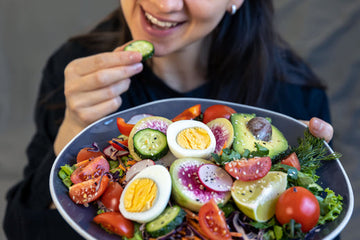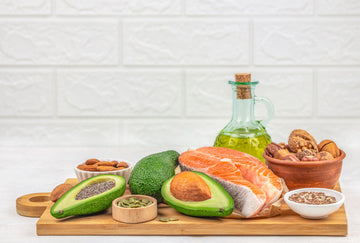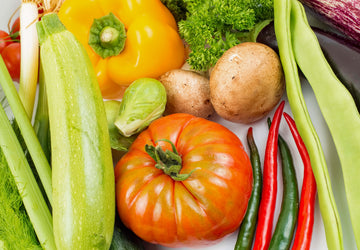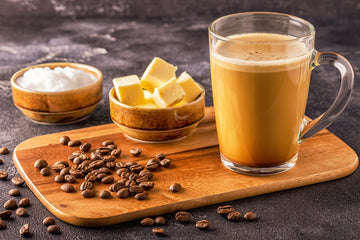The ketogenic diet is known for its focus on high-fat, low-carb foods. Traditionally, it is often based on animal products such as meat and fish. But more and more people are looking for plant-based alternatives. The vegetarian keto diet offers a way to combine the high fat content of the keto diet with a meat-free lifestyle. Eggs, dairy products and vegetable fats such as coconut oil and avocado oil form the basis of this variant.
Foods that are suitable for the vegetarian keto diet
An important cornerstone of the vegetarian keto diet is foods that are high in fat and low in carbohydrates. The most commonly used ingredients include avocados, nuts, seeds, olives and coconut products. Eggs, butter and various types of cheese also play a central role as they contain valuable fats and proteins.
Low-carbohydrate vegetables such as spinach, zucchini, broccoli and cauliflower are also often included to provide the necessary fiber. In combination with the healthy sources of fat, this creates a varied diet that can be individually adapted.
Examples of meals in everyday life
A breakfast of scrambled eggs with spinach and avocado, fried in butter or coconut oil, could provide a great start to the day. Lunch could be a salad of fresh leaves, cucumber and zucchini, refined with olive oil, roasted nuts and a homemade dressing. In the evening, zucchini noodles with an aromatic olive oil-based pesto offer a low-carb option. Complemented with grilled vegetables, this creates a filling and tasty meal.
Snacks can also be easily incorporated: a small handful of almonds or Greek yogurt with a few berries are popular snacks. If you are looking for more variety, you can try recipes such as stuffed avocados or cauliflower rice.
Important tips for implementation
In order for the vegetarian keto diet to be feasible in the long term, it is worth planning meals carefully. The selection of protein-rich foods is more limited than with a classic ketogenic diet. That's why many people rely on eggs, dairy products and protein-rich nuts and seeds.
Another point is the intake of fiber. Since carbohydrate-rich foods such as whole grain products and legumes are mostly eliminated, fiber-rich alternatives such as chia seeds, linseed or green leafy vegetables should be regularly included in the diet. They support digestion and can help maintain a balanced diet.
challenges and solutions
The vegetarian keto diet requires some adjustment, especially for people who have previously consumed a lot of high-carb foods. One challenge is finding the right balance of fat, protein and carbohydrates, so it is advisable to start with small changes and adjust meals little by little.
In addition to the macronutrient distribution, variety also plays a role. If you try out new recipes and use vegetable fat sources creatively, you can ensure that your diet does not become monotonous. A wide range of vegetables, oils and cheeses can help bring different tastes and textures into your everyday life.
Flexibility is the key
The vegetarian keto diet can be an interesting way to plan your own meal plan if the focus is on high-fat and low-carbohydrate foods. It can be adapted to suit the individual, and with a little experimentation you can conjure up many varied and tasty dishes. Since every body reacts differently, it is advisable to pay close attention to your own needs and, if unsure, to consult a doctor or nutritionist.





